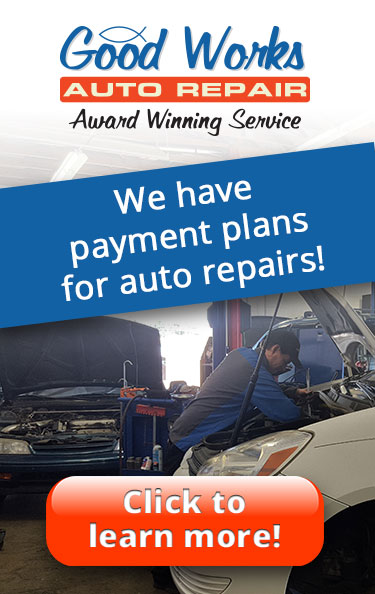Summer is here and so is the season of road-tripping. With warmer weather and longer daylight hours many people bid farewell to the winter blues by hitting the highways for some road-trip therapy. According to Road and Travel, most aren’t aware that this is actually the most dangerous time. The period between Memorial Day and Labor Day is coined by many as the 101 Deadliest Days on the road for all drivers. Fatalities due to traffic accidents increase in the summer because people are spending more time on the road. It’s time to brush up on defensive driving skills and double check our vehicle maintenance to be sure that both vehicle and driver are road-trip ready.
First of all, it’s time to go over the vehicle and check the tires, make sure they are in good shape. If you have winter tires on, it’s time to take them off and change to all season tires. Winter tires wear out quickly on dry, hot pavement; switching them early will keep them in optimum shape for next year, not to mention improve your car’s handling during the summer months. Also be sure to check your tire pressure and check it often. With every passing month, the average tire loses about a pound of pressure. Proper tire pressure is critical to avoid blowouts and tread separation. Properly installed tires also improve fuel economy for that long family vacation.
Heavy loads and higher temperatures also put strain on your tires. Your car and tires are designed to operate safely only up to their load limits. Be sure you aren’t overloaded for that long road trip. While you are checking the weight limits for your tires check the tread on them too. Make sure they are wearing normally; all grooves should be visible and deep enough to at least touch the top of Lincoln’s head on a penny inserted head first in the tread. Low tread or bald tires are unsafe and need to be replaced.
Next, take a look at the sticker in your windshield to see what the mileage should be for your next oil change. If you have fallen behind on oil changes, get it changed before you hit the road. Be sure to discuss the type and viscosity of the oil being used in your vehicle, if you will be driving in extremely hot temperatures it might be a good idea to change to a compound that is slightly thicker. Your local auto repair center will know the best kind of oil for your location and the locations your road trip will take you through. While the hood is up, check the coolant/antifreeze levels inside the radiator. The ideal ratio of coolant to water is 50/50 for optimal temperature regulation in both cold and hot weather. Remember if you have trouble with your vehicle overheating on your trip, be sure to add not only water but coolant too so you maintain that ratio. It’s a good idea to carry both water and coolant in the vehicle for emergency situations. There is nothing more frustrating than sitting on the side of the road with an overheated vehicle, no water or coolant for either the car or driver.
It’s also a good time to check the belts and hoses, in modern cars they are designed to last a long time, but Murphy’s law is if it can fail it will when you least expect it to. Have those belts and hoses inspected by your local Auto Repair Center especially if you aren’t sure when they were last replaced. Peace of mind on the road is essential to having a good time.
Also take a minute to inspect the wiper blades and check the battery. Wiper blades only last about one year; they often get dried out in Arizona’s harsh climate. If they don’t make full contact with the windshield, replace them and check your washer fluid reservoir, top it off when you top off with gas. And finally check the battery. Extreme heat and cold put additional strain on a battery, if yours is more than 3 years old; have it tested by your auto repair center. If you have no idea how old it might be, it might be a good time to replace it. It is certainly better to do this at your local Auto Repair Center than on the side of the road with a car full of less-than-patient kids.
And finally prepare an emergency kit for your vehicle. A few items that would be very useful in an emergency situation would be: a flashlight, flares, and first-aid kit, jumper cables, extra clothes and gloves, paper towels, washer fluid, coolant, non-perishable food, a jug of water, and a few basic tools (wrenches, ratchet/socket set, screwdrivers, pliers etc). Many of these items may come pre-packaged at an auto parts store or major department stores.
Once you are ready to hit the road, remind yourself and other drivers in your vehicle to be aware when they are at the wheel. Life is really about the journey so take the scenic route and enjoy your time. Remember there are lots of extra drivers on the road with everyone vacationing and driving students. Be sure to use your signals correctly and in a timely fashion. Be patient with trucks and RVs, they have a right to the road too. Keep an eye out for children riding bicycles or playing by the side of the road too. Most of all, relax a little and enjoy your trip, but be sure to pull off when you get drowsy. Driving and sleeping don’t mix.
Schedule My Appointment Now!
